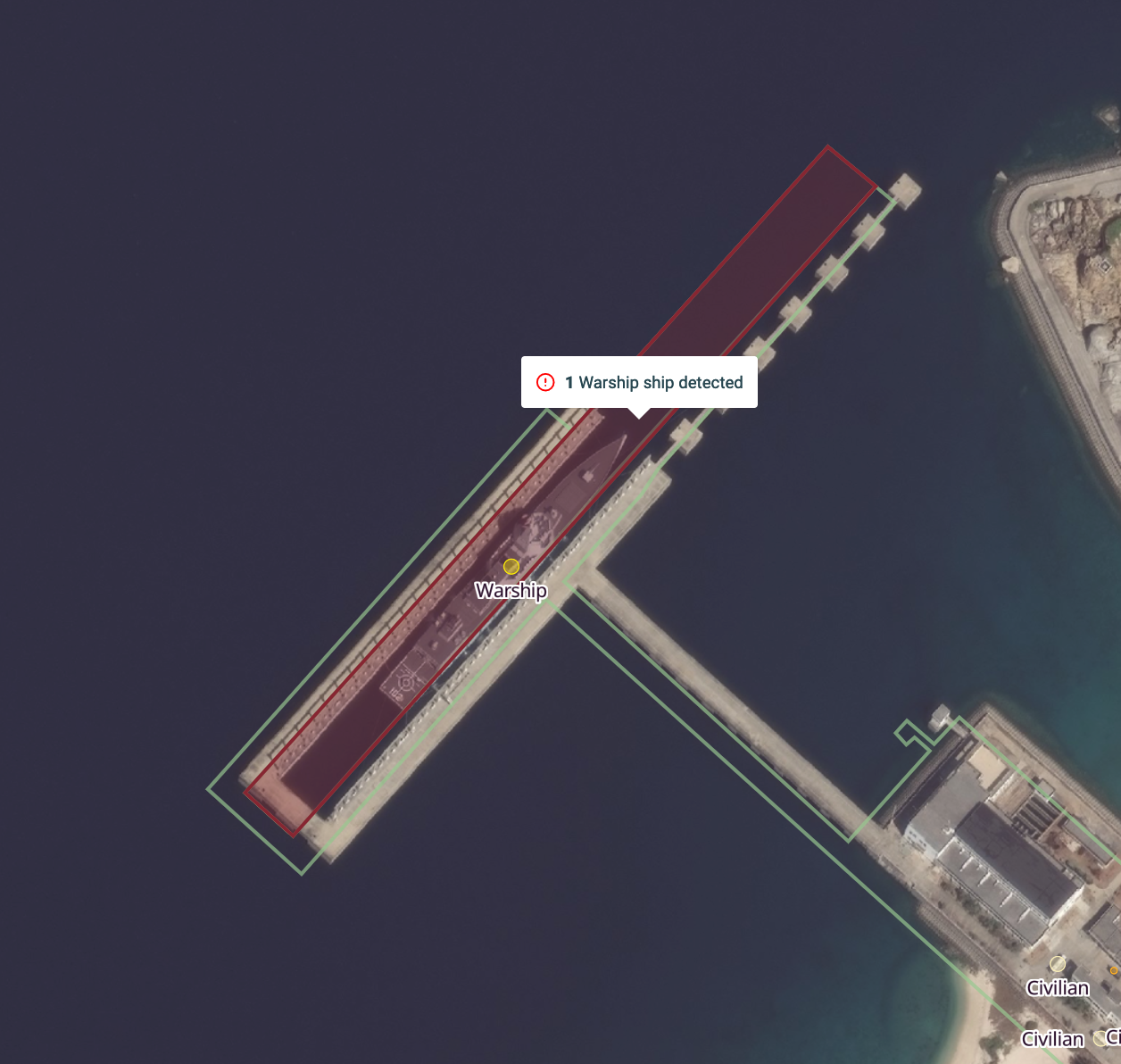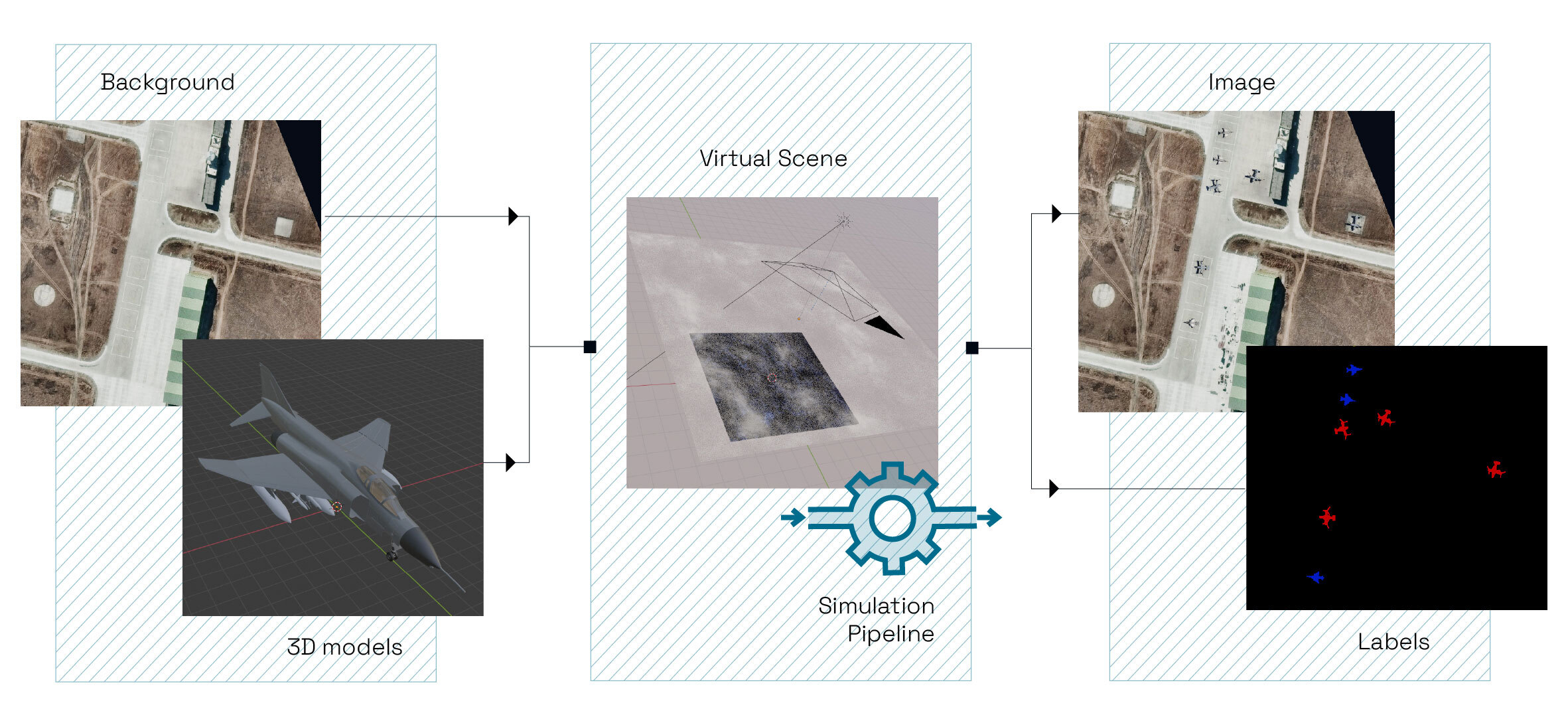Of the use of monitoring vessels activity

03/01/2022 by Preligens
Amongst all types of sites of strategic interest, ports and harbors (STANAG Category 14-Port & harbor) certainly are of greatest interest to intelligence professionals, for they house key assets such as aircraft carriers or submarines, two vectors of naval power that can impact an equilibrium of strengths.
Sounds great, but it remains a bit vague to anyone who is not familiar with naval activity. Let’s try and clarify with a compelling example… take a deep breath and let’s plunge into the waters of Yulin Bay, in China — also known as Longpo Naval Base.
Located at the south of Hainan Island, the bay is the Chinese navy’s strategic point to launch nuclear submarines, which can move into the deep ocean without being detected or intercepted.

Monitoring the number and type of submarines moored at the base on a regular basis is a good indicator of the ongoing operations. Our vessel algorithm automatically detects and identifies the submarines and alerts the analysts every time there is a change in the situation.

Beyond that, at Yulin Bay, submarines can be linked to two other types of vessels that are also of great importance: warships, and tugs (aka support ships).
First things first, warships! What do submarines and warships have in common?
The answer is: residual magnetism!
Indeed, as a ship travels through Earth's magnetic field, it slowly picks up that field in its steel, making sea mines and torpedoes more likely to detect it. Hence, it is paramount to try and reduce the amount of residual magnetism as much as possible!
This is where the degaussing dock comes into play: this dedicated dock is used in naval bases to remove the permanent magnetism of military vessels, both surface and submarines. Warships and submarines hence usually moor at the degaussing dock before going on and/or returning from operations at sea. Monitoring the presence of either or vessel at the dock consequently provides defense analysts with great insights regarding ongoing operations!

Moving on to the second vessel that has a direct link to submarines at Yulin: tugs.
A tugship is a marine vessel that manoeuvres other vessels by pushing or pulling them. These boats typically tug ships that cannot move well on their own, such as those in crowded harbours or narrow canals, or those that cannot move at all, such as barges, disabled ships, log rafts, or oil platforms.
So we already mentioned why Yulin is a key place to monitor for submarines, but an important piece of information is still missing: the presence of an underground tunnel facility for storage and maintenance.

Inspecting the activity of the tugboat in this specific part of the port hence provides insights on the opening and closing of the tunnel which is likely to be used for transshipment of munitions.
Finally, Yulin Bay is located about 15 km east of Yulin Harbor, where the Shandong aircraft carrier can regularly be observed, along with other key assets of the Chinese Navy. Yet another reason to observe vessel activity in the area...


